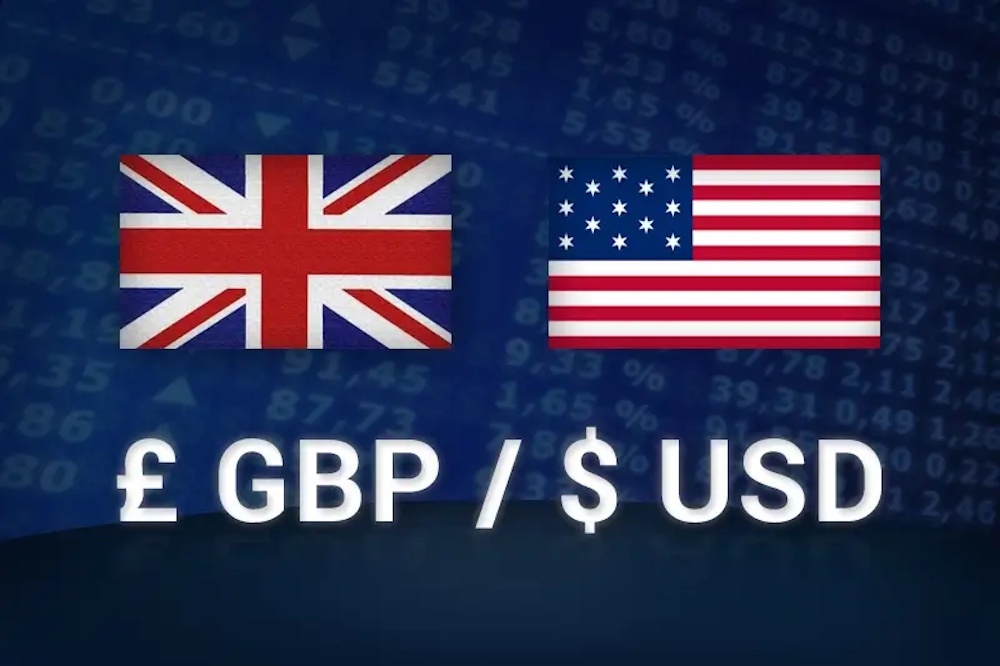The British Pound is experiencing a decline, dropping to 1.3420 before making a slight recovery to 1.3440 during London trading. The recent decline comes after a significant increase in the U.S. Dollar Index, which rose to 98.50, bolstered by safe-haven demand due to rising political instability in Europe and Japan. Market participants are currently assessing the ability of the pair to maintain crucial technical support at 1.3400, a level that has consistently been upheld over the previous quarter. A sustained break below that threshold may reveal the September lows around 1.3335, with resistance still limited at 1.3520.
The sudden resignation of French Prime Minister Sébastien Lecornu, occurring within a month of his appointment, has caused significant turbulence in European markets, prompting investors to shift their assets from the euro to the dollar. The euro’s decline beneath 1.1650 has contributed to additional strength in the dollar, which has gained from widespread risk aversion. French bond spreads have widened by 15 basis points relative to German Bunds, prompting traders to brace for heightened political uncertainty throughout the Eurozone, which is indirectly impacting the pound via cross-currency correlations. The yen fell by almost 2% following Sanae Takaichi’s win in Japan’s LDP leadership contest, setting the stage for a more expansionary fiscal policy and a gentler approach to Bank of Japan tightening. The outcome prompted fresh selling in the JPY, facilitating the dollar’s continued ascent against Asia-Pacific currencies. The USD/JPY pair advanced to 151.50, marking its peak in seven months, as market participants discounted any forthcoming policy adjustments from Tokyo. This action resulted in an overall increase in dollar strength, which further intensified the downward pressure on both the pound and the euro.
Despite the current U.S. government shutdown causing immediate worries regarding data flow and fiscal constraints, the dollar continues to show strength. With the absence of significant U.S. data releases, such as Non-Farm Payrolls and CPI, traders find themselves operating without fresh macro signals. Nevertheless, elevated Treasury yields persist in drawing investor interest. The 10-year Treasury yield briefly reached 4.56%, while the 30-year rose to 4.83%, enhancing the attractiveness of the dollar’s carry trade. Experts observe that “markets have significantly raised the threshold for what qualifies as bad news for the dollar,” suggesting that the greenback’s upside bias continues to hold firm despite the political stalemate in Washington. In the UK, bond markets are indicating potential concerns. The 10-year gilt yield increased to 4.74%, while the 30-year remained close to 5.56%, figures reminiscent of the post-mini-budget turmoil in 2022. Higher yields, which are usually indicative of a currency’s support, are currently perceived as a sign of fiscal strain instead of strength. Market participants are concerned that the Bank of England’s quantitative tightening is exacerbating the sell-off, as significant bond disposals increase pressure on an already delicate market. Mark Dowding expressed his disapproval of the BoE’s policy, asserting: “You’re making the problem worse, not better.” Cease this activity. This situation renders the pound susceptible, especially if financial conditions become more stringent.
The short-term technical setup for GBP/USD is showing signs of deterioration. The pair has repeatedly struggled to maintain momentum above the 1.3475–1.3500 range, encountering resistance close to the 50-day moving average. On the downside, the 1.3365/70 zone represents the 61.8% retracement of the August rally, and a decisive break below that area could initiate a more significant selloff toward 1.3267/80, where the 78.6% retracement coincides with the August low-day close. Additional support is found around 1.3125/43, which corresponds to the 100% extension of the decline observed in September. RSI readings below 50 indicate a decline in bullish momentum, supporting a bearish outlook in the near term.

